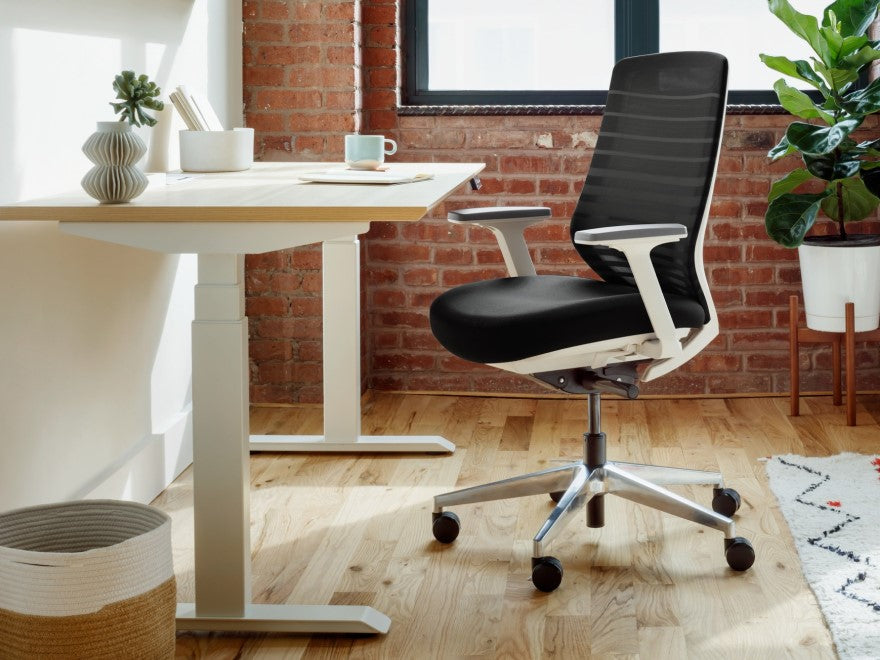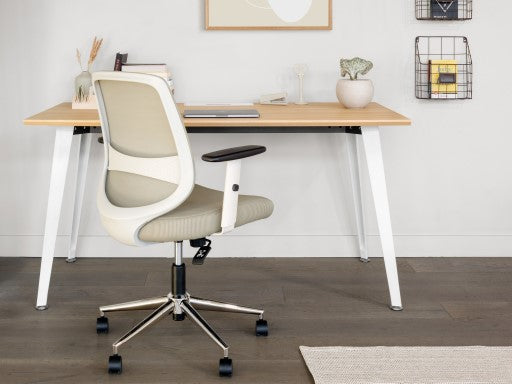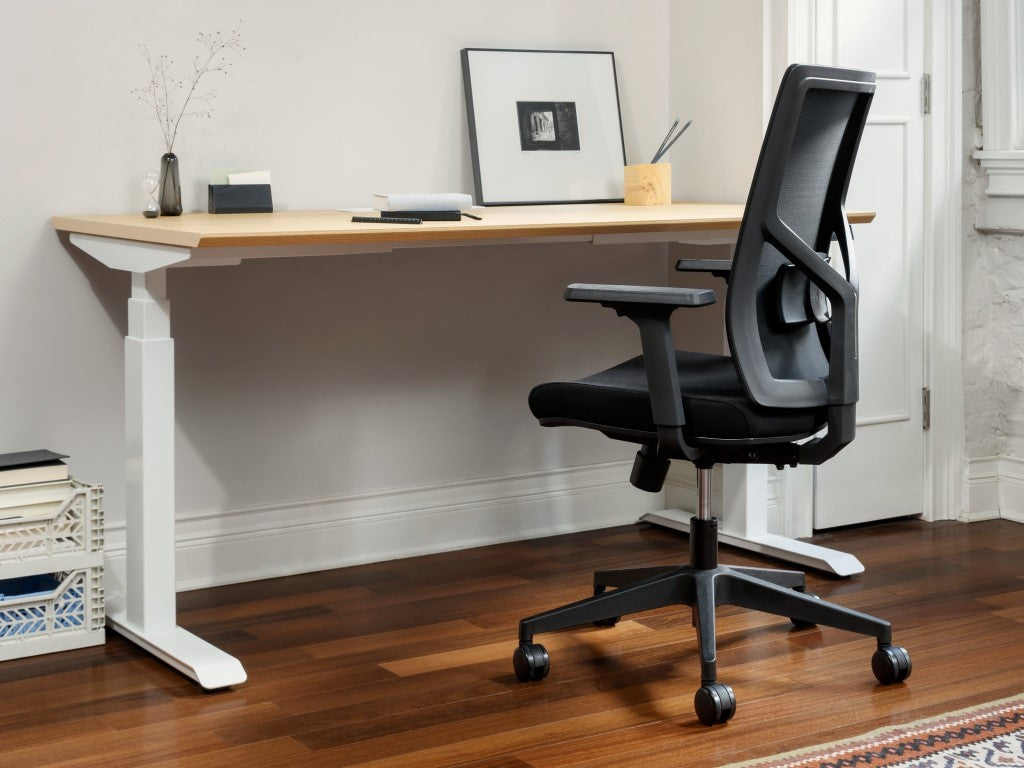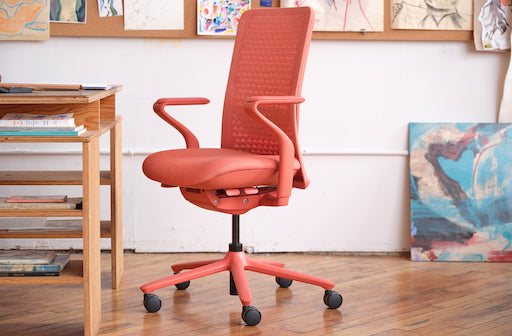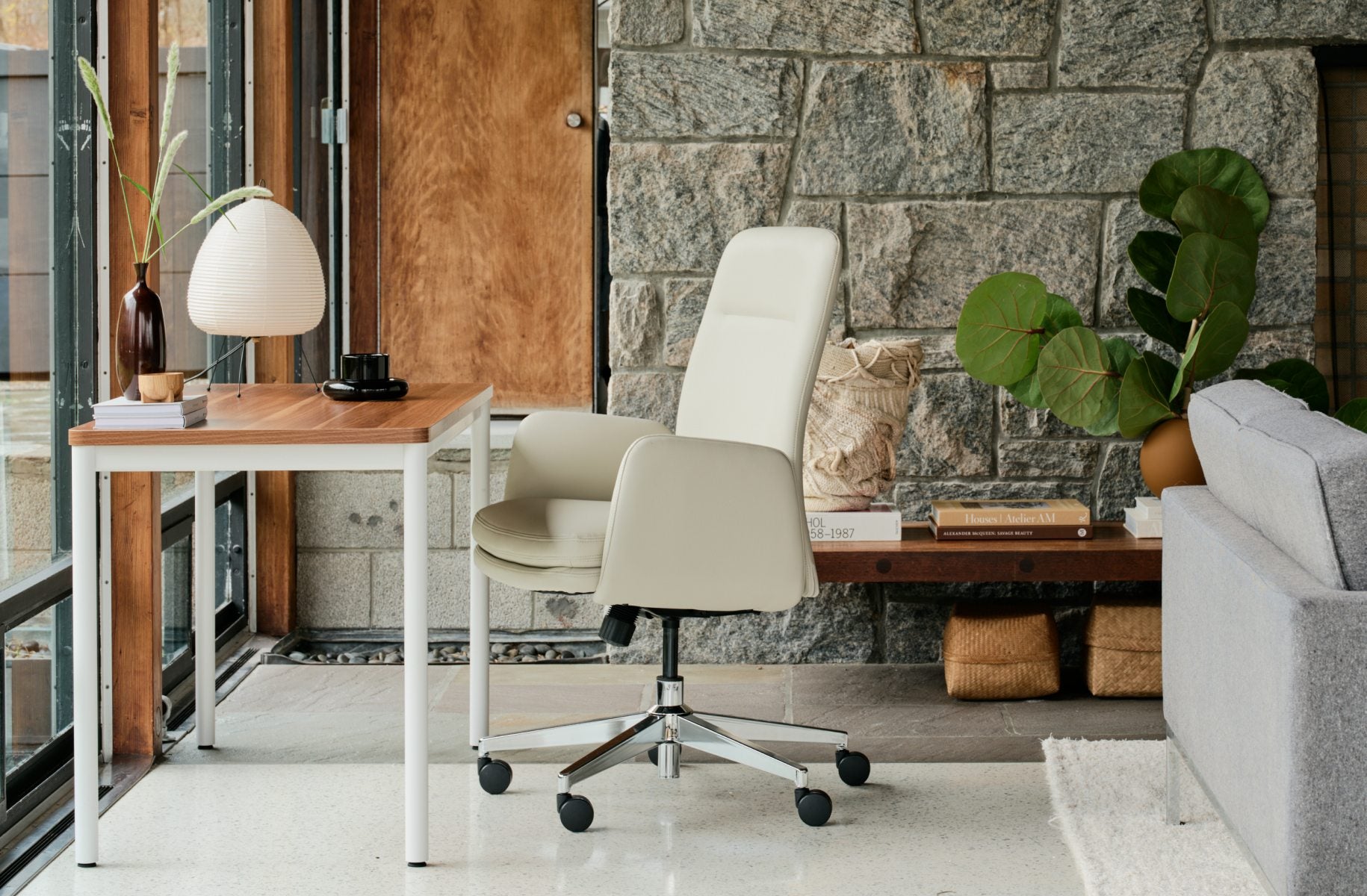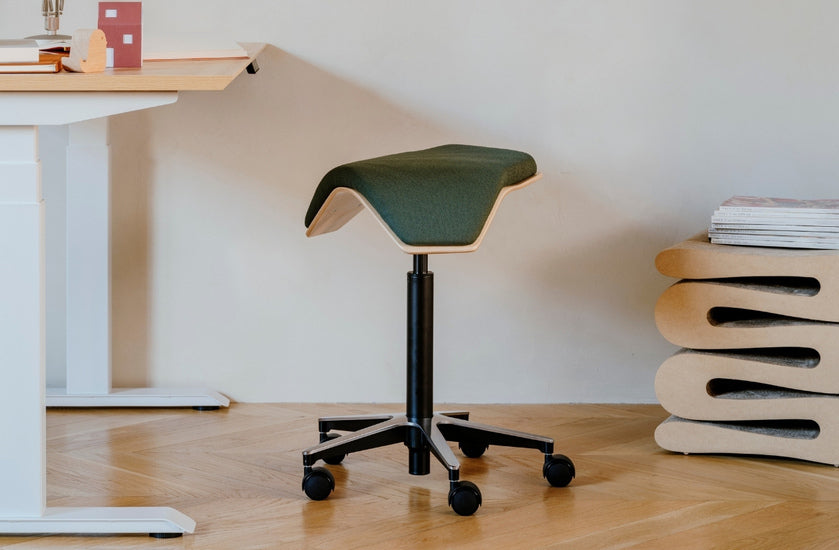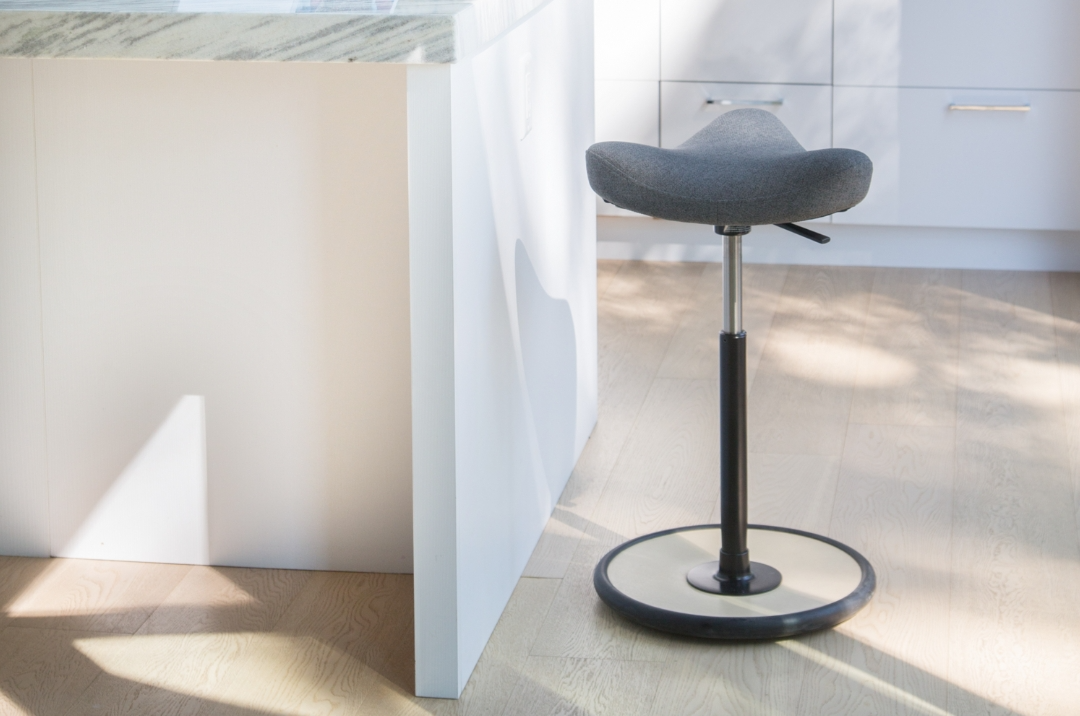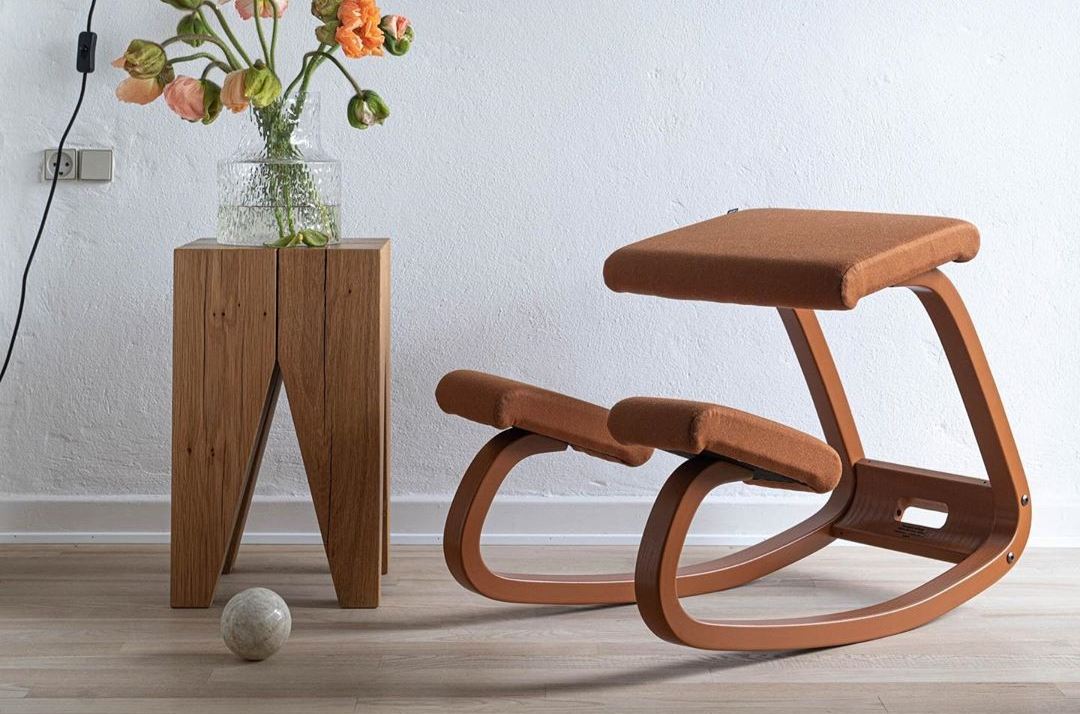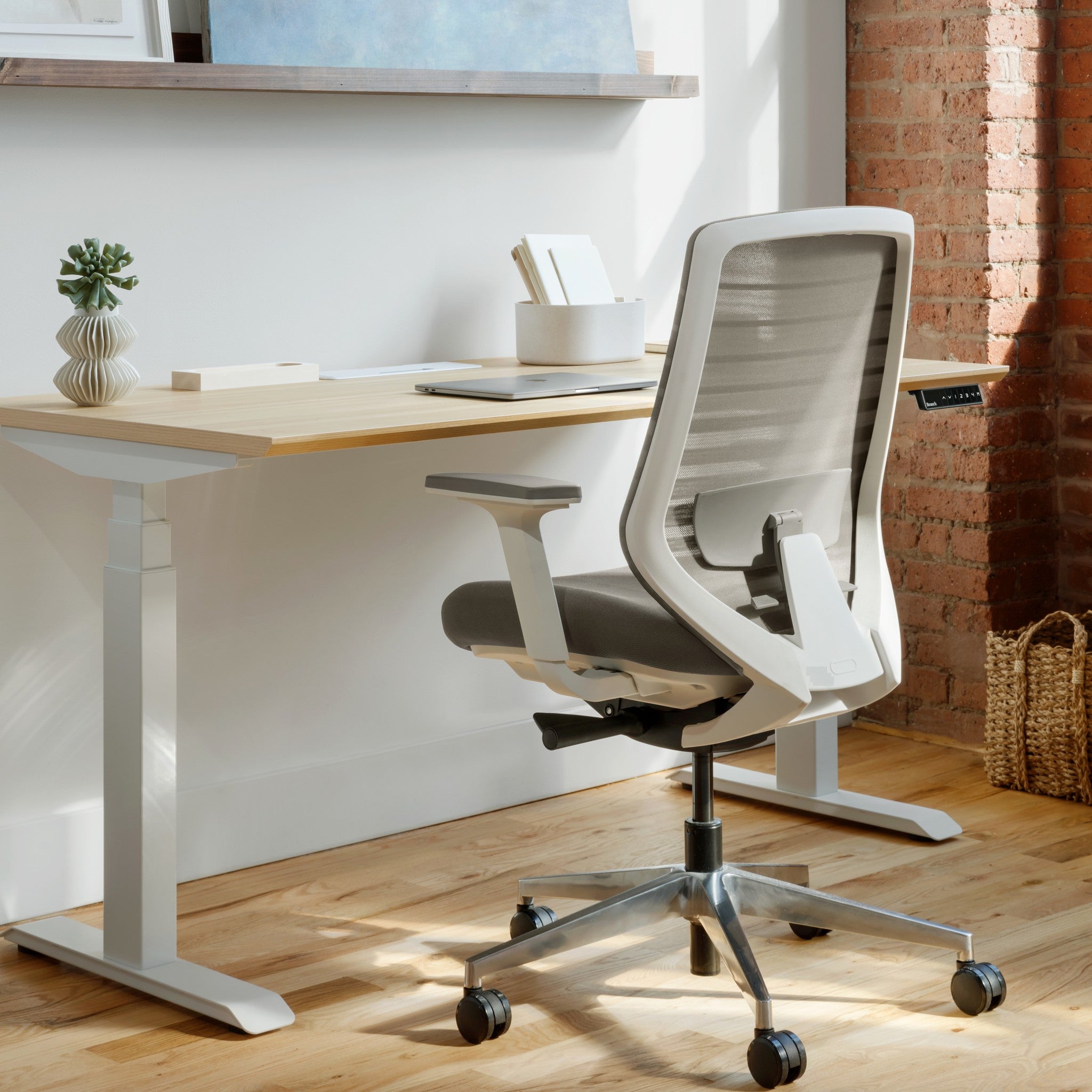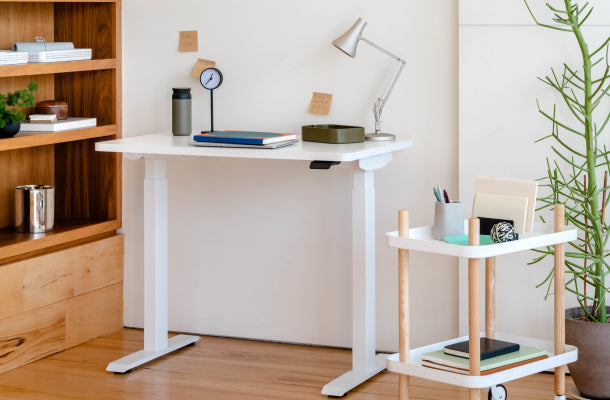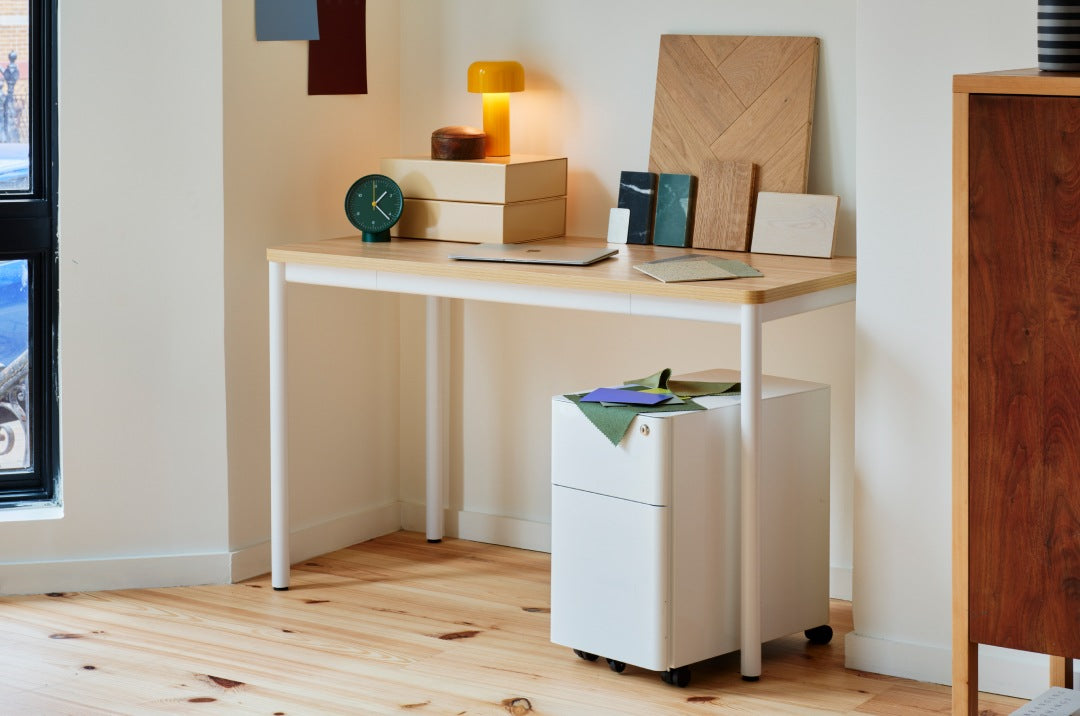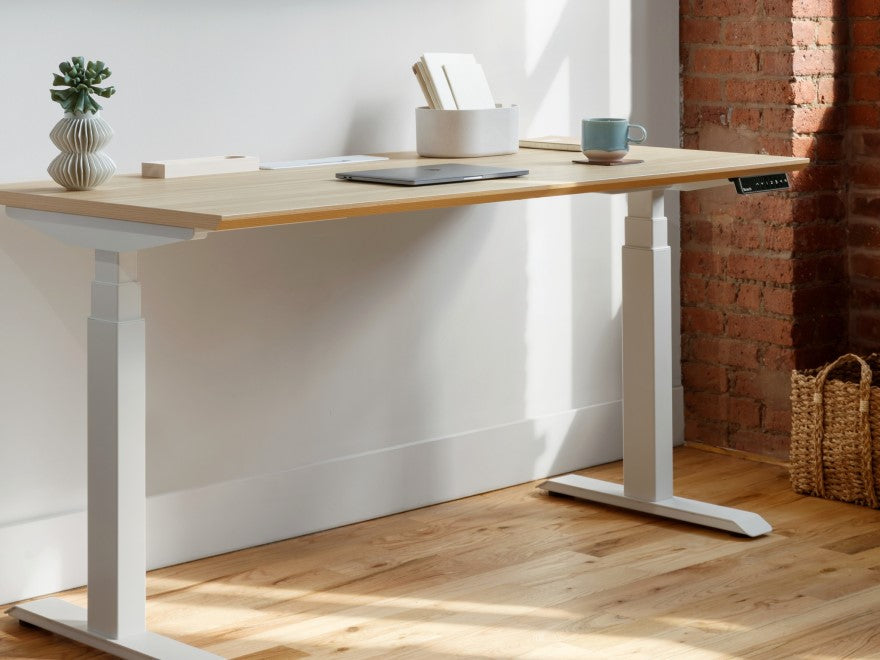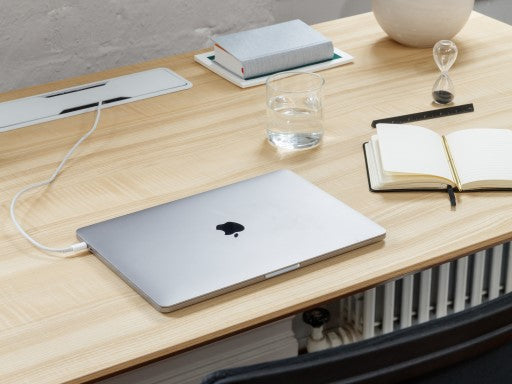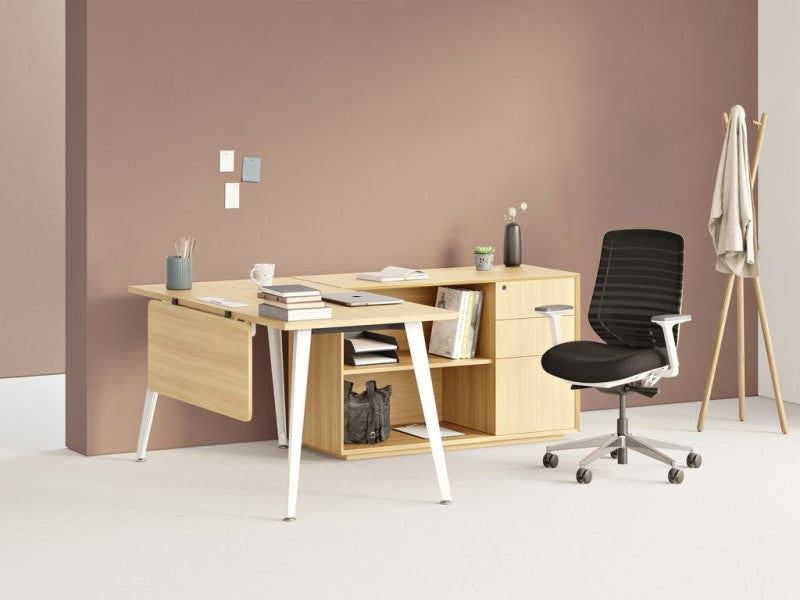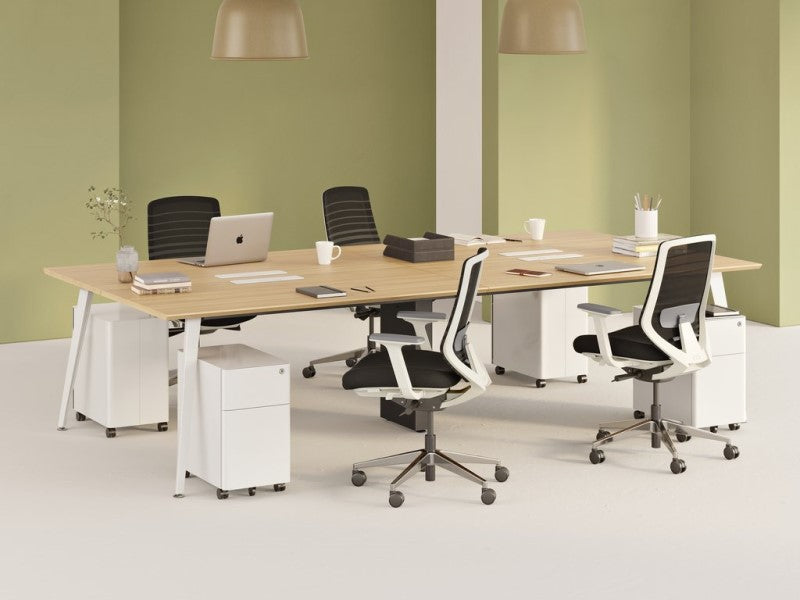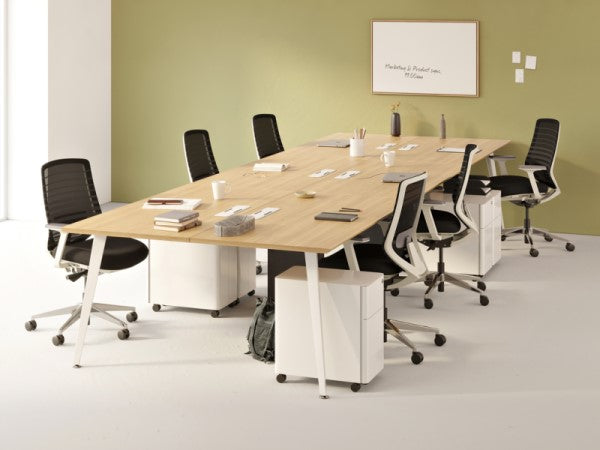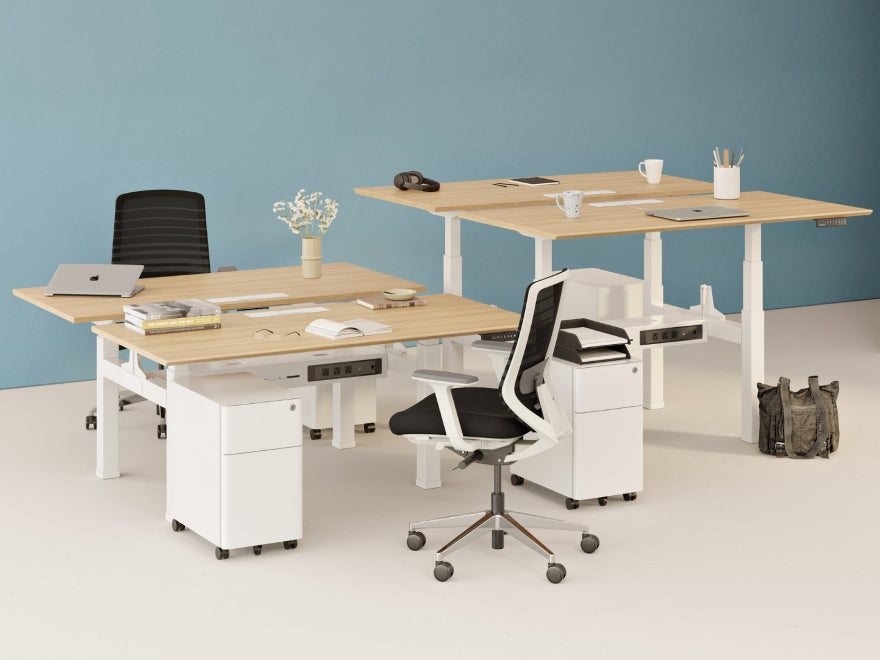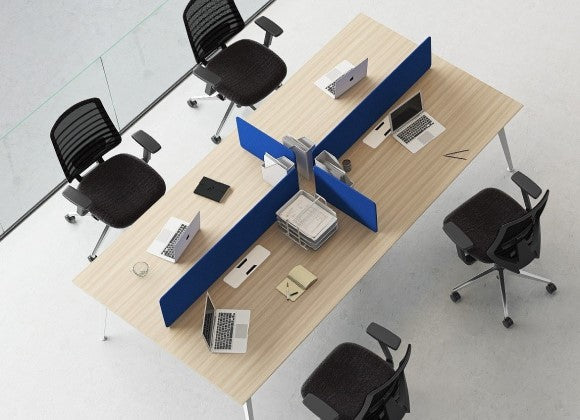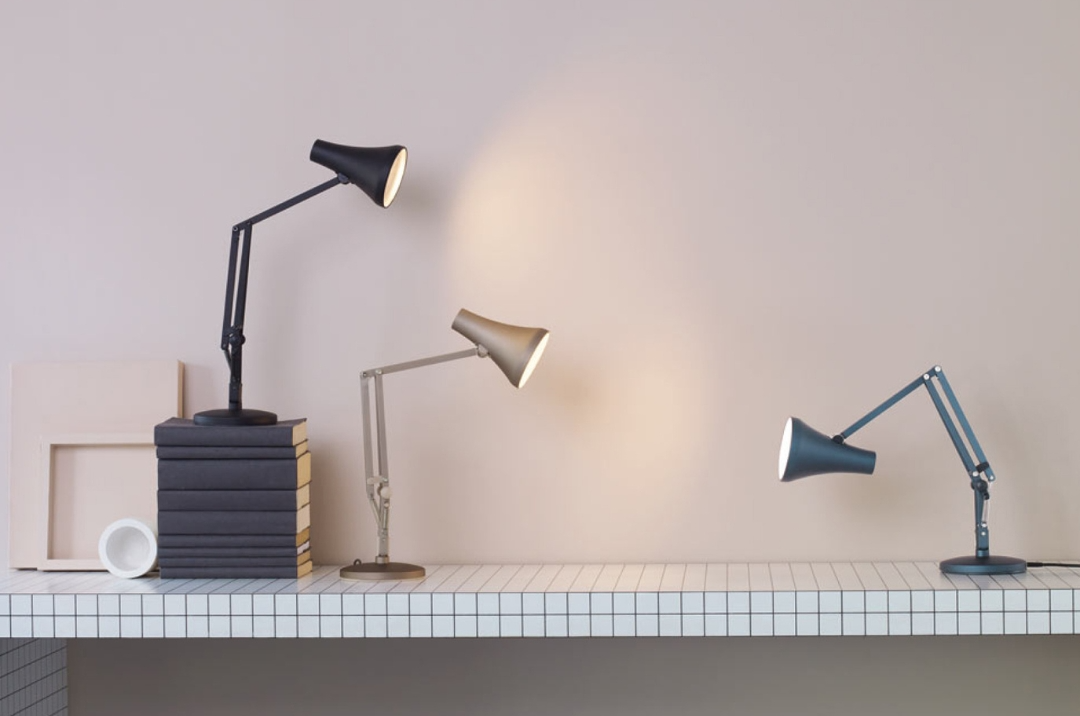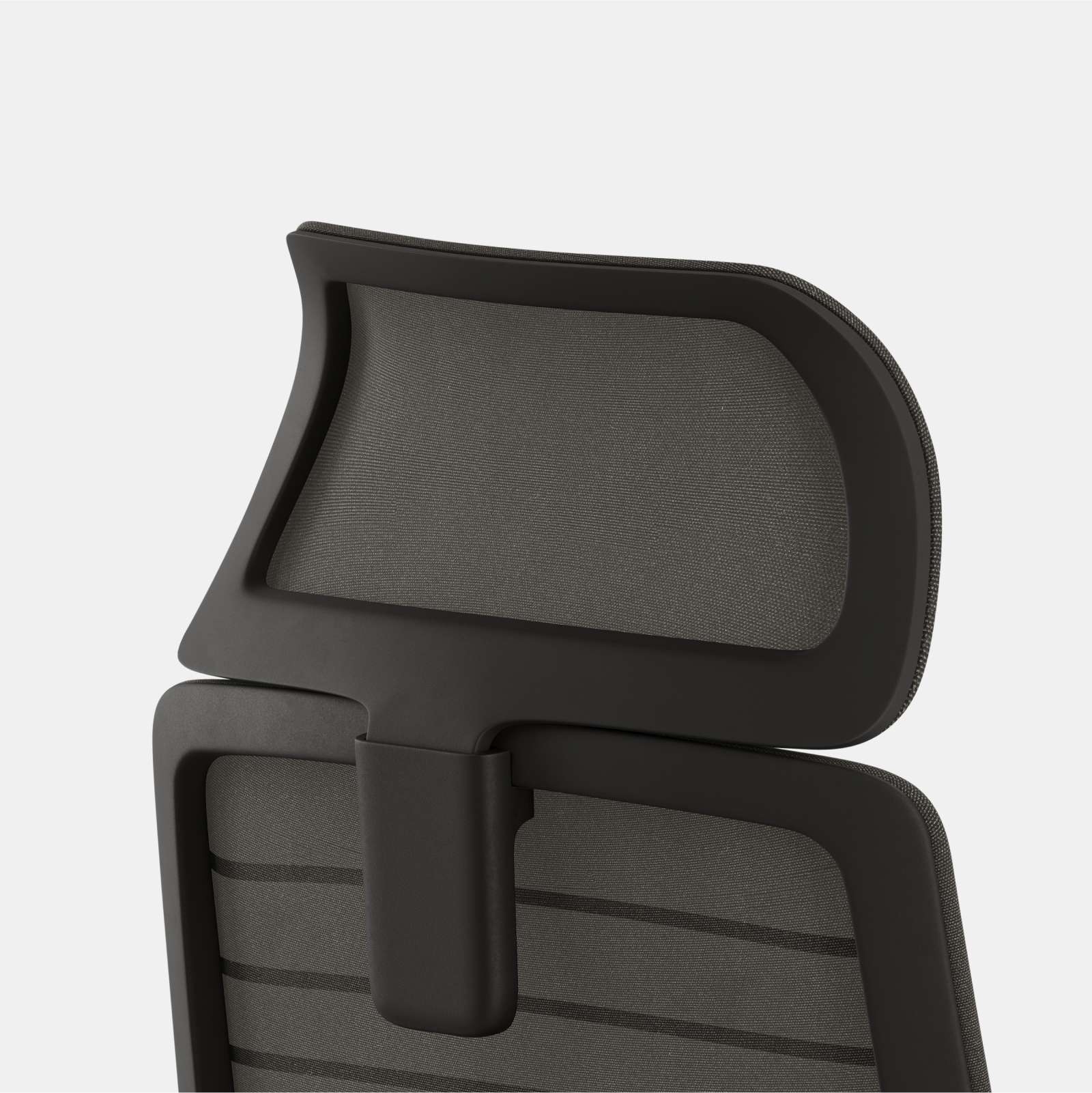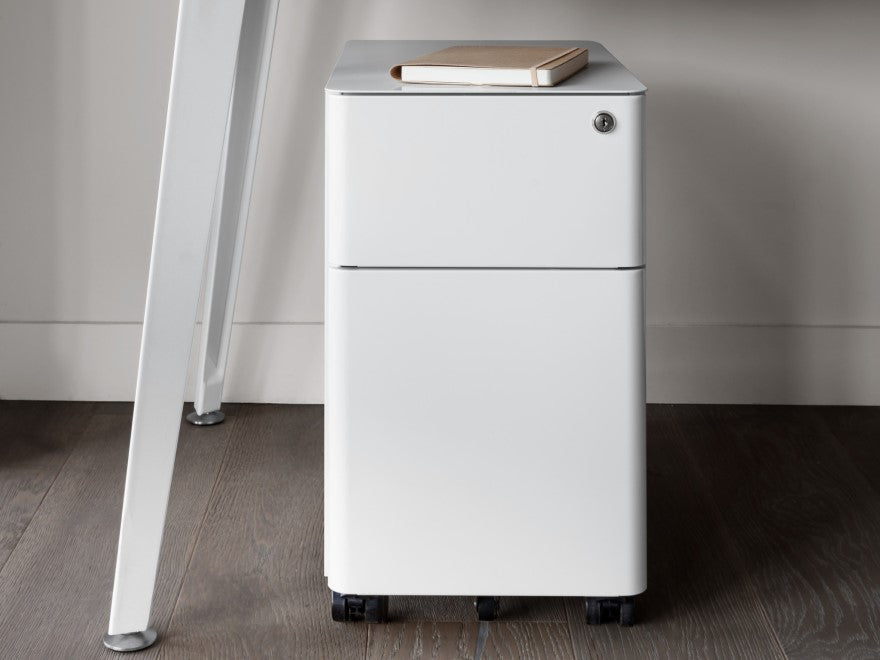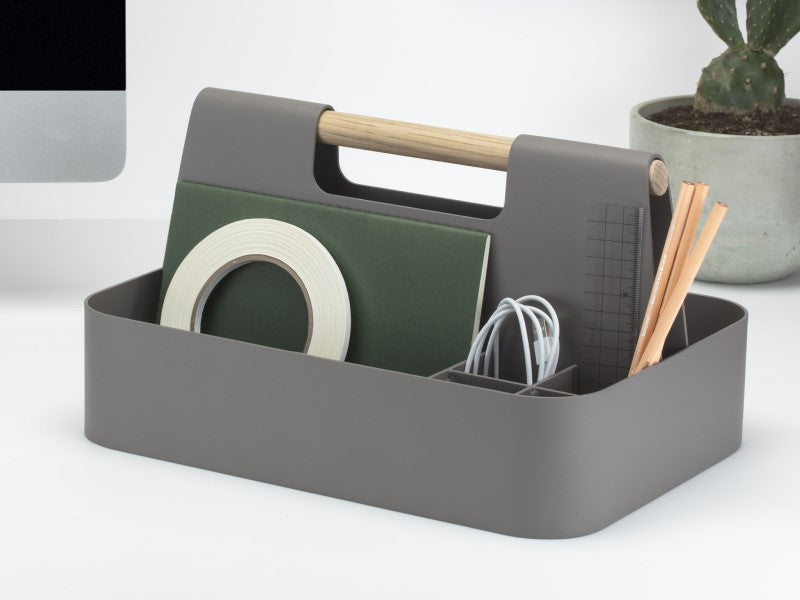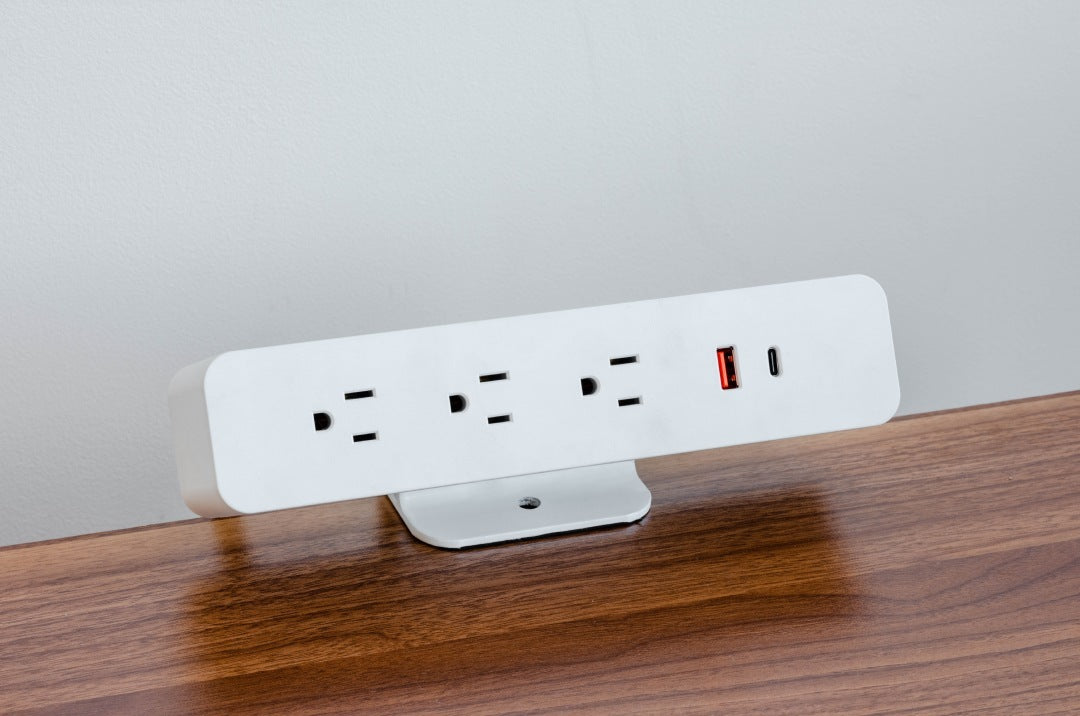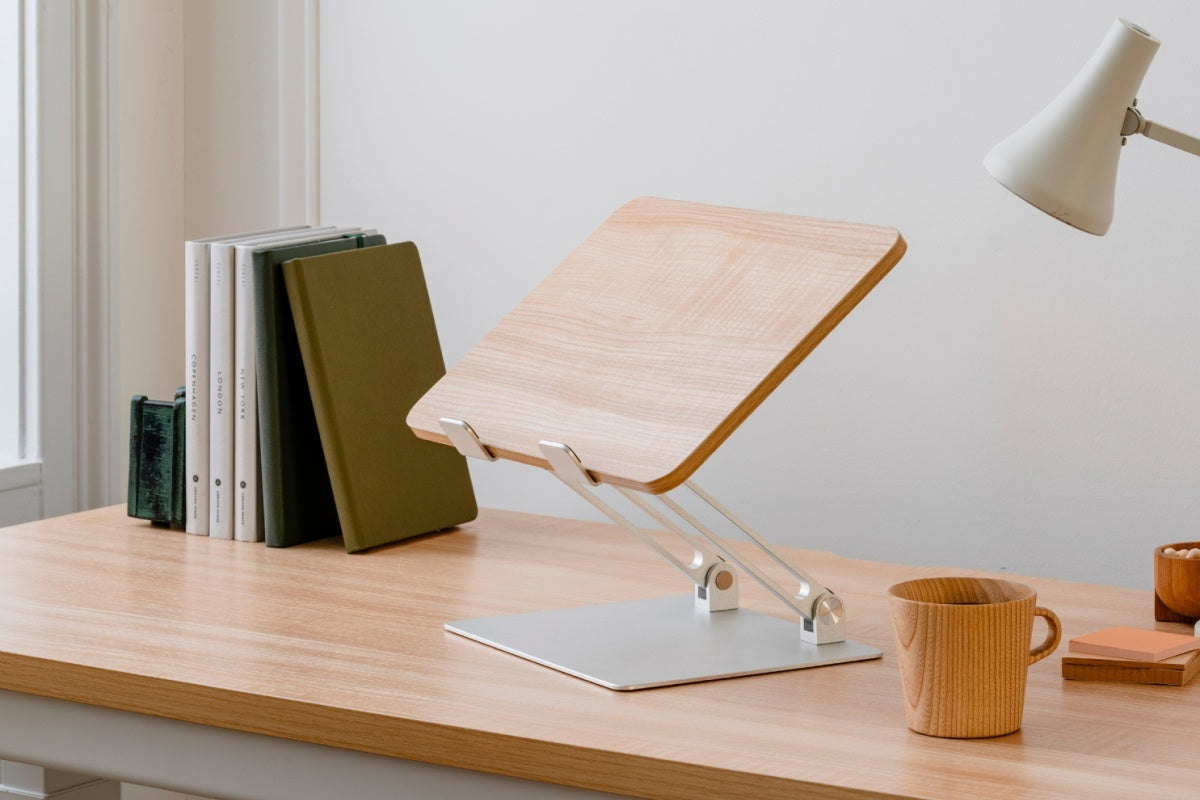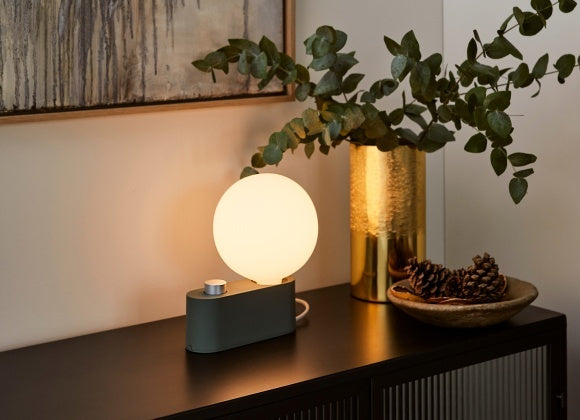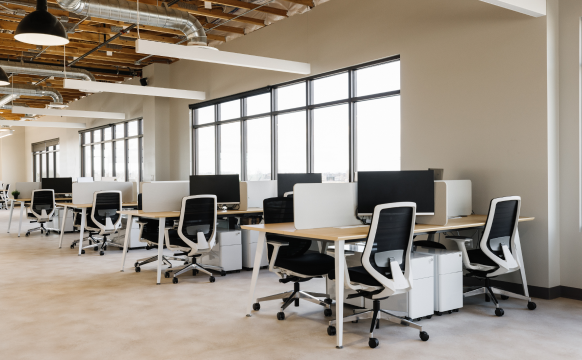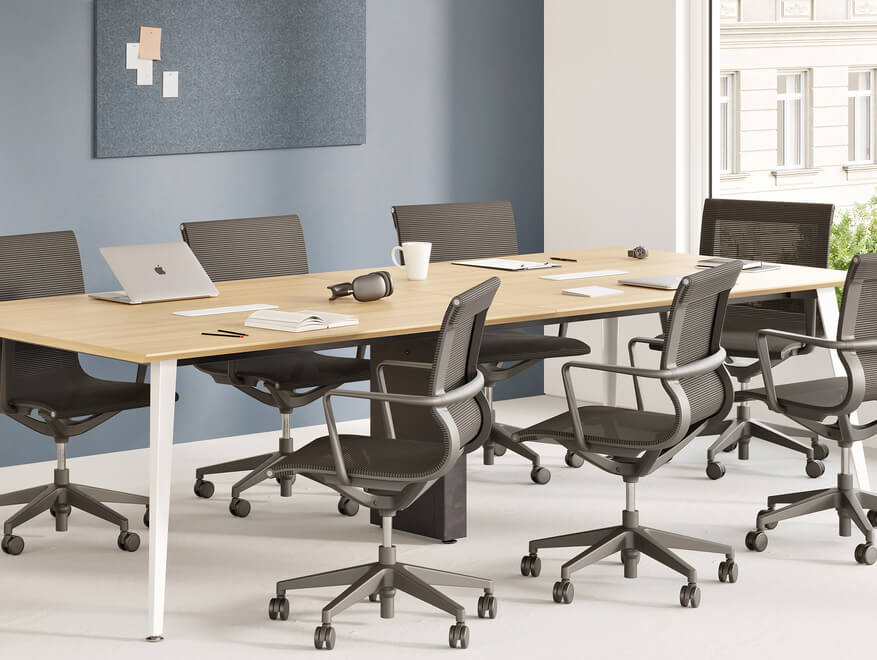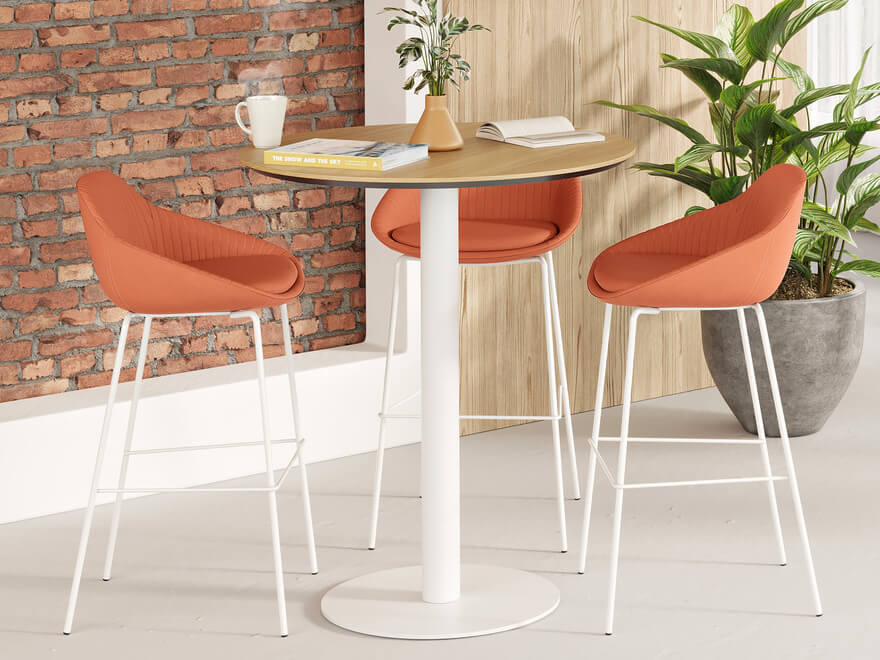So, what's the buzz about ergonomics? At its core, ergonomics is the science of designing and arranging things people use so that the people and things interact most efficiently and safely.
It's about understanding human capabilities and limitations and applying this knowledge to improve our interaction with products, systems, and environments. Now, let's talk about standing desks.
Imagine investing in a high-end gaming PC but running it on outdated software; it wouldn’t make much sense, right? Similarly, just having a standing desk isn’t enough. Proper ergonomic setup ensures you reap all the potential health benefits while minimizing risks such as postural strain or repetitive stress injuries.
Here's why ergonomics is the foundation for all that standing desks have to offer:
Posture and Health: An ergonomic setup helps maintain a neutral body position. This reduces the strain on the body, particularly the spine.
Efficiency and Productivity: When you're comfortable, you're less distracted. An ergonomic setup reduces fatigue, letting you focus on tasks longer and with better concentration.
Customization: Ergonomics acknowledges that one size doesn't fit all. It paves the way for a workspace tailored to individual needs, ensuring maximum comfort.
Understanding and implementing ergonomics isn't a luxury but a necessity. It's the bridge between just using a trendy piece of furniture and truly revolutionizing how you work.

